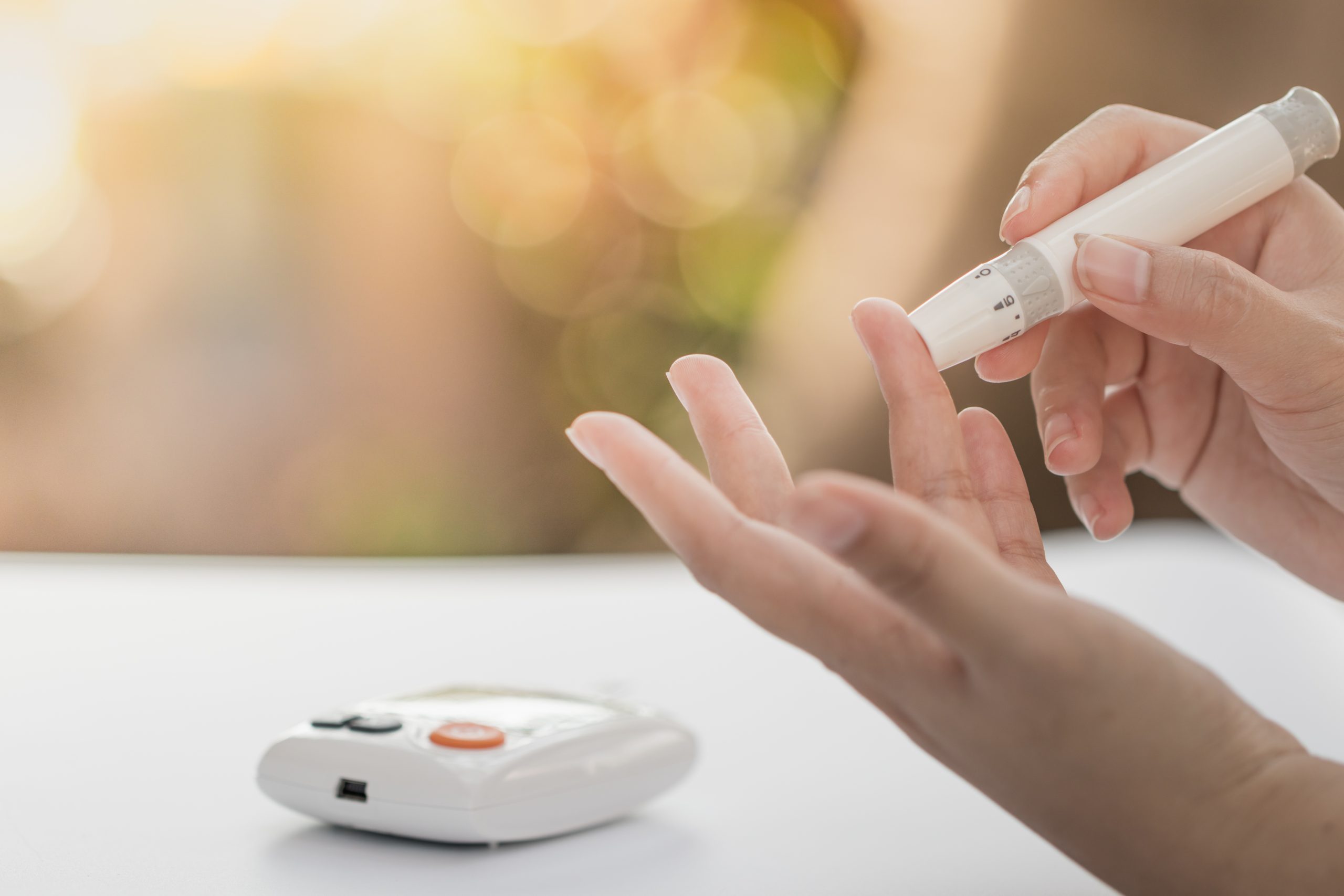Maintaining healthy blood sugar levels is crucial for overall well-being, and it plays a significant role in maintaining good vision health. Fluctuations in blood sugar levels, particularly in individuals with diabetes, can have a profound impact on the eyes and increase the risk of developing various vision-related problems. In this article, we will explore the connection between blood sugar and vision health and discuss strategies to protect and maintain optimal eye health.
- Understanding the Role of Blood Sugar: Blood sugar, or blood glucose, refers to the amount of sugar (glucose) present in the bloodstream. Glucose is the primary source of energy for our body’s cells, including those in the eyes. When blood sugar levels are consistently high, such as in diabetes, it can lead to damage to the blood vessels throughout the body, including those in the eyes.
- Diabetic Retinopathy: Diabetic retinopathy is a common eye condition that affects individuals with diabetes. It occurs when high blood sugar levels cause damage to the blood vessels in the retina, the light-sensitive tissue at the back of the eye. Diabetic retinopathy can lead to vision loss or even blindness if left untreated. Maintaining stable blood sugar levels is essential in managing and preventing the progression of diabetic retinopathy.
- Cataracts: Cataracts, a condition characterized by the clouding of the eye’s natural lens, can be more prevalent in individuals with diabetes. High blood sugar levels can lead to changes in the lens, resulting in the formation of cataracts. Managing blood sugar levels can help reduce the risk of developing cataracts and slow down their progression.
- Glaucoma: Glaucoma is a group of eye diseases that can cause damage to the optic nerve, leading to vision loss. Individuals with diabetes have an increased risk of developing certain types of glaucoma. Although the exact mechanism is not fully understood, it is believed that high blood sugar levels may contribute to increased eye pressure, a known risk factor for glaucoma. Regular eye exams and monitoring blood sugar levels are essential in managing the risk of glaucoma.
- Dry Eye Syndrome: High blood sugar levels can affect the production of tears and lead to a condition known as dry eye syndrome. Dry eyes can cause discomfort, irritation, and blurred vision. Managing blood sugar levels and practicing good eye hygiene, such as using artificial tears, can help alleviate symptoms of dry eye syndrome.
- Protecting Vision Health: To maintain optimal vision health, it’s crucial to manage blood sugar levels effectively. Here are some strategies to consider:
- Monitor blood sugar levels regularly and work closely with healthcare professionals to develop an appropriate diabetes management plan.
- Follow a balanced diet that is rich in fruits, vegetables, whole grains, lean proteins, and healthy fats. Limit the intake of sugary and processed foods that can lead to blood sugar spikes.
- Engage in regular physical activity, which can help regulate blood sugar levels and improve overall health.
- Quit smoking, as it can increase the risk of various eye diseases and exacerbate the effects of diabetes on vision.
- Protect your eyes from harmful UV rays by wearing sunglasses that block out both UVA and UVB rays.
- Schedule regular comprehensive eye exams to monitor eye health and detect any early signs of eye conditions.
In conclusion, blood sugar levels have a direct impact on vision health, particularly in individuals with diabetes. Maintaining stable blood sugar levels through proper diabetes management is crucial in preventing and managing vision-related problems. Regular eye exams and adopting a healthy lifestyle can further support optimal eye health.












